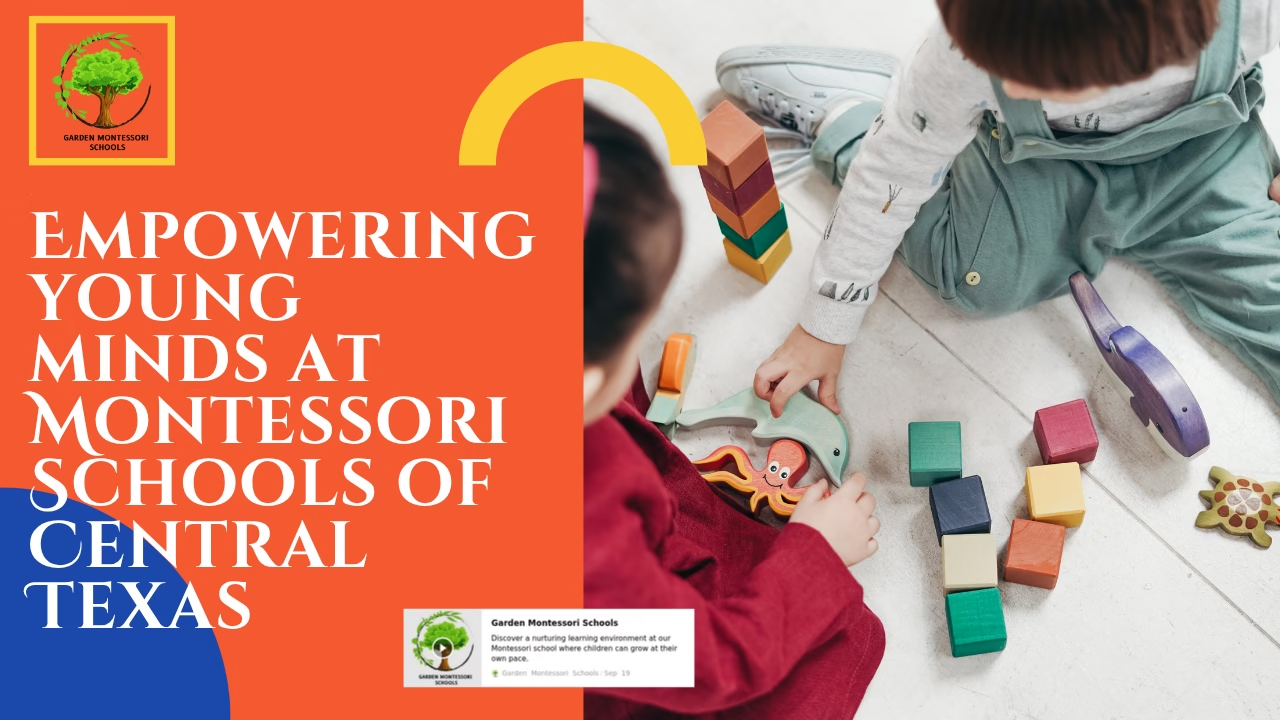It is designed to help children develop a strong sense of self-esteem, confidence, and resilience that will serve them well throughout their lives. While the Montessori Method is most commonly associated with school environments, Montessori education can also be effectively implemented at home. In this blog post, we’ll provide some tips for parents who want to create a Montessori home that supports their child’s development and integrates the Montessori Method into daily life.
Create a prepared environment:
One of the key principles of the Montessori Method is providing a carefully prepared environment that encourages exploration and learning. This principle can be effectively applied in a Montessori home by creating a dedicated space for your child to play and learn. Choose Montessori education materials that are age-appropriate and engaging, and arrange them in a way that is easily accessible to your child. By setting up this environment, you support your child’s development and align with the core ideas of the Montessori Method.
Follow your child’s lead:
In the Montessori Method, children are encouraged to follow their own interests and pace of learning. As a parent implementing Montessori education at home, it’s important to observe your child and provide materials and activities that align with their individual needs and interests. This approach helps to foster a sense of independence and autonomy, which is essential for their overall development and supports the principles of the Montessori Method.
Encourage hands-on learning:
The Montessori Method emphasizes hands-on, experiential learning. Encourage your child to engage with their environment by providing opportunities for exploration and discovery. For example, you could set up a sensory table with different materials for your child to touch and explore, or create a nature table with rocks, shells, and other items found in nature.
Foster independence:
In the Montessori Method, children are encouraged to take ownership of their learning and develop a sense of responsibility and accountability. You can support this at home by encouraging your child to take care of their own needs, such as dressing themselves or preparing a snack. This helps to build confidence and self-esteem.
Use natural materials:
The Montessori Method values the use of natural materials, such as wood, metal, and cloth. You can incorporate this into your home environment by choosing toys and materials made from natural materials, and avoiding plastic and synthetic materials whenever possible.
Engage in practical life activities:
Practical life activities, such as pouring, scrubbing, and sweeping, are a key component of the Montessori Method. These activities help children to develop fine motor skills, hand-eye coordination, and concentration. You can incorporate practical life activities into your daily routine at home, such as having your child help with meal preparation or cleaning up after themselves.
conclusion
In conclusion, implementing the Montessori Method at home is a great way to support your child’s overall development and help them to become confident, creative, and independent individuals. By creating a prepared environment, following your child’s lead, encouraging hands-on learning, fostering independence, using natural materials, and engaging in practical life activities, you can create a home environment that supports the Montessori Method and helps your child to thrive.



